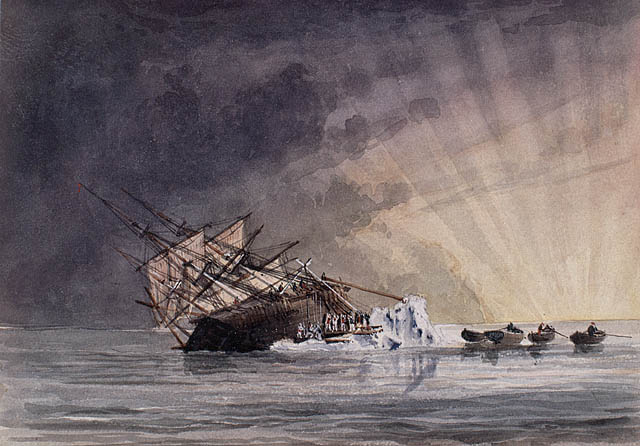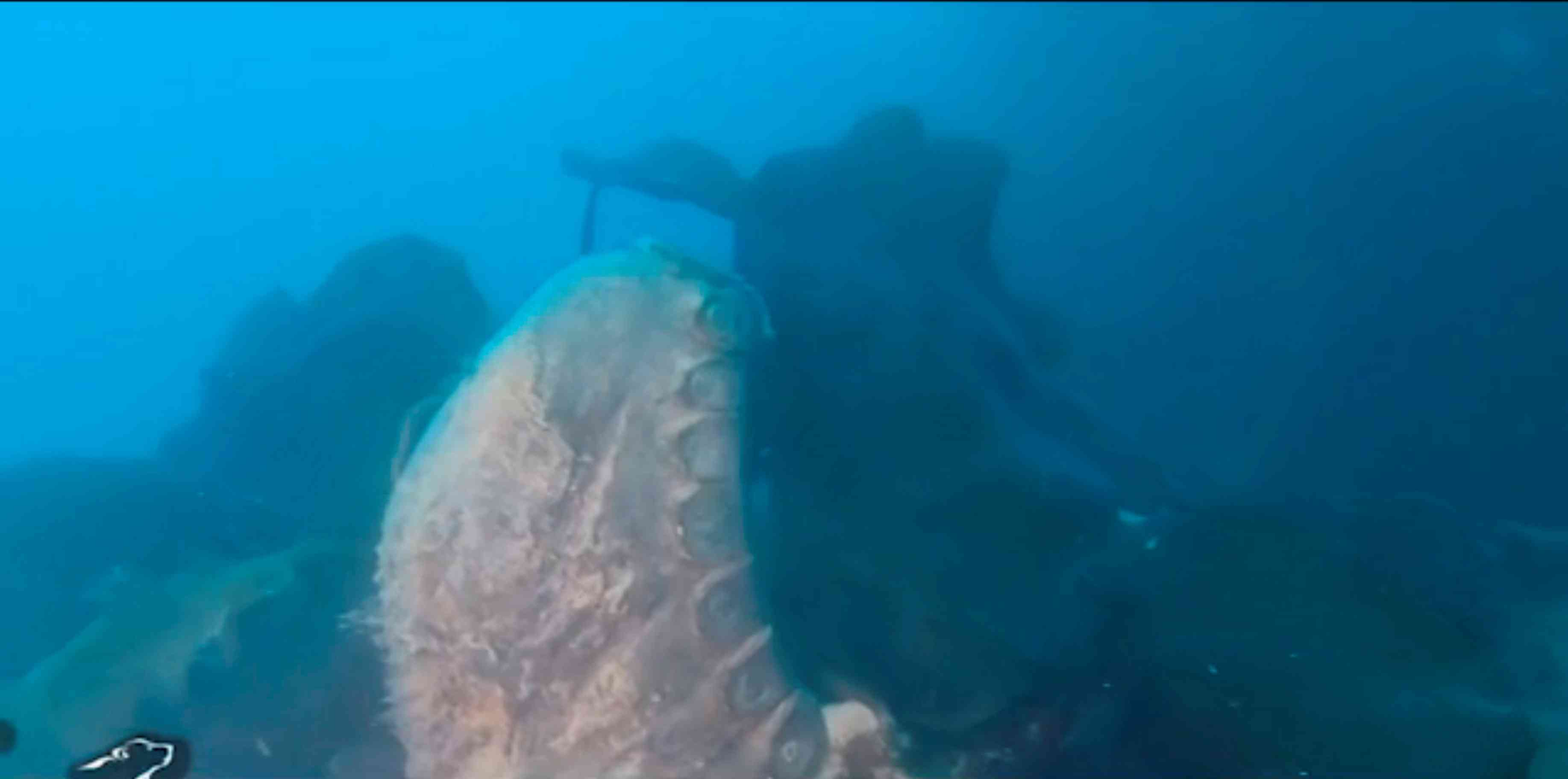U.K. to transfer Franklin shipwrecks to Canada as a ‘gift’
Ownership of the wrecks of the HMS Terror and HMS Erebus, the two vessels commanded by Sir John Franklin on his doomed expedition to find the Northwest Passage, will soon be transferred to the Canadian government as a “gift,” the British government announced Oct. 23.
The transfer of ownership expands on a memorandum of understanding, signed by Canada and Britain in 1997, granting Canada custody and control of the wrecks — but not ownership — in the event they were discovered.

The discovery began in 2014 when Parks Canada divers located the wreck of the Erebus in the Queen Maud Gulf. Two years later, the Arctic Research Foundation vessel, the Martin Bergmann, found the Terror resting off the coast of King William Island, after receiving a tip from Inuk Canadian Ranger Sammy Kogvik.
“The U.K. Government is proposing to update the 1997 agreement, transferring ownership of the wrecks to Parks Canada, whilst retaining a small sample of artifacts,” said an Oct. 23 news release from the British defence ministry.
The release did not specify which Franklin relics would go to the U.K. as part of the deal.
“This exceptional arrangement will recognize the historical significance of the Franklin expedition to the people of Canada, and will ensure that these wrecks and artefacts [sic] are conserved for future generations,” said the British defence secretary, Sir Michael Fallon, in an accompanying statement.
Transfer of ownership will be completed “over the coming weeks,” the U.K. release said.
Sir John Franklin, in command of the Terror, Erebus and 128 crewman, left England in 1845 in search of a Northwest Passage through Canada’s Arctic islands to the Pacific Ocean.
Franklin and his entire crew were lost during the course of their mission sometime after 1848, according to a note recovered on King William Island, although much of the timeline of the tragedy is still a mystery.

Since the discovery of the Erebus in 2014, control over the Franklin narrative has been fraught at times, as Inuit organizations, the Government of Nunavut, Parks Canada and other parties jockeyed for stewardship of the wrecks and its artifacts.
The GN refused to grant Parks Canada diving permits to the Erebus in 2015, and again in 2016, unless the federal government agreed to joint-ownership of any recovered relics.
The same year, the federal government designated the area around the Erebus a national historic site, thereby superseding Nunavut’s claim to the wreck.
In 2016, documents obtained by Nunatsiaq News showed that Nunavut’s Department of Culture and Heritage prohibited Parks Canada from surveying the area where the HMS Terror was ultimately discovered, but approved an aerial search of the same region for one of its own directors.
The Terror was located by the Arctic Research Foundation vessel, the Martin Bergmann, while it was part of Parks Canada’s Franklin search team in 2016, but the Arctic Research Foundation crew discovered the ship without notifying Parks Canada, and was not permitted to search in the area under the terms of the expedition’s permit for that year.
The RCMP confirmed that they investigated the legality of the Arctic Research Foundation’s search in Terror Bay but laid no charges.
Following the discovery of both Franklin wrecks, Parks Canada announced the creation of the Interim Franklin Advisory Committee, including representatives from the GN, Parks Canada, Inuit Heritage Trust and the Kitikmeot Inuit Association, which will manage the wreck sites ahead of an Inuit Impact and Benefit Agreement signed with the federal government.
Those IIBA negotiations are expected to be concluded by the end of 2017, but some details on the future management of the site have already been released, such as the establishment of two “guardian huts” near each wreck, which will be operated by the Gjoa Haven hunters and trappers association.
As well, according to information released at the recent KIA annual general meeting in Cambridge Bay, the infrastructure at the site will be built and owned by Inuit and then leased back to Parks Canada.
The KIA said that this will allow additional benefits to flow to Inuit over time.
“This is exciting as something like this has not been done before, so we are breaking new ground,” the KIA said.
Gjoa Haven will also receive additional money from Ottawa to upgrade its current museum or visitors centre in the community to bolster capacity for Franklin tourism and research.
Some 55 relics recovered from the Erebus are currently on display at the National Maritime Museum in the U.K. until the end of the year, when the exhibit will move to the Canadian Museum of History in Ottawa for 2018.